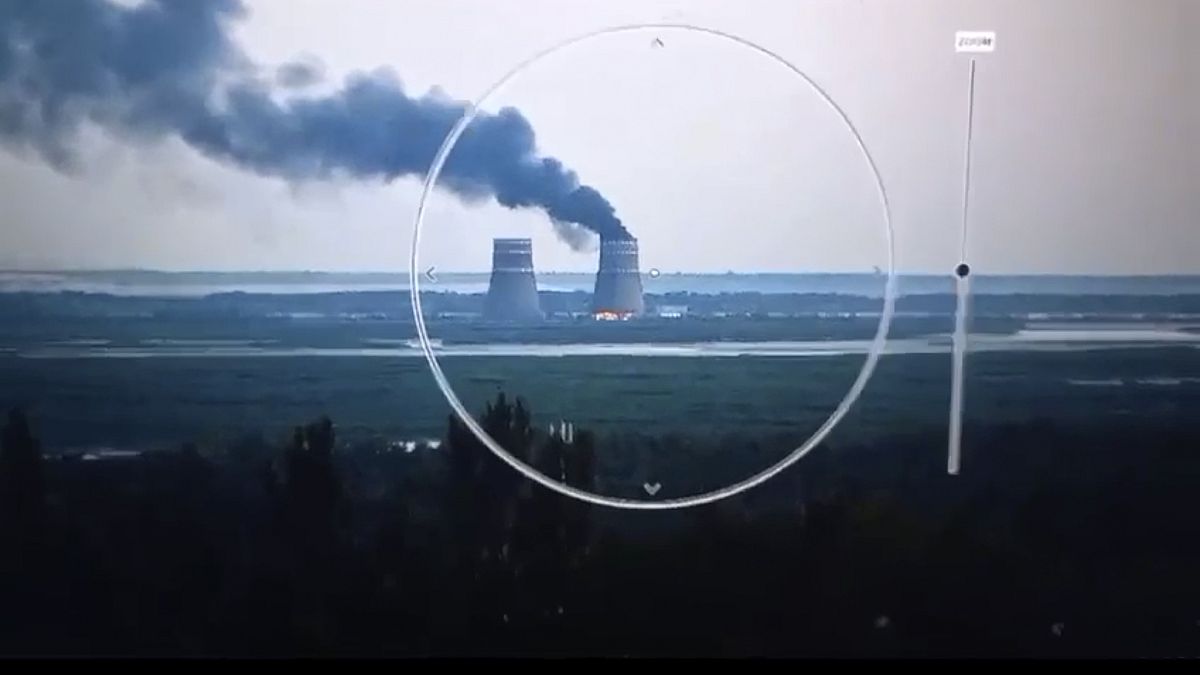The recent fire that broke out at the Zaporizhzhia nuclear power plant in Ukraine has sparked controversy between Ukrainian and Russian authorities. The Ukrainian authorities claim that the fire was a provocation by Moscow’s forces, as they believe Russian forces set fire to automobile tyres in the cooling towers to create panic and appear as though the power plant was on fire. On the other hand, Russia blamed the fire on shelling by Ukrainian forces, although no evidence has been provided to support this claim. The fire, which has since been extinguished, raised concerns about nuclear safety at the plant.
Ukrainian President Volodymyr Zelenskyy accused Russia of using the power plant to blackmail Kyiv and play on Western fears of escalation. This incident adds to the tensions between the two countries, as they continue to be embroiled in a conflict that has been ongoing since Russia’s invasion of Ukraine in February 2022. The international community, represented by the International Atomic Energy Agency (IAEA) Director General Rafael Mariano Grossi, expressed concerns about the impact of military action on the plant’s nuclear safety. Grossi emphasized the need to adhere to the principles established at the United Nations Security Council to protect nuclear facilities.
Despite the fire at the Zaporizhzhia nuclear power plant, the IAEA confirmed that nuclear safety had not been compromised. This assurance was important in alleviating fears about a potential nuclear accident, given the volatile situation in the region. The Dnipropetrovsk Oblast Governor Serhii Lysak confirmed that the fire had been successfully extinguished, providing some relief to the local residents and authorities. However, the underlying tensions between Ukraine and Russia continue to pose a threat to the safety and security of the power plant and its surrounding areas.
The incident at the Zaporizhzhia nuclear power plant highlights the vulnerability of critical infrastructure during times of conflict. The use of such facilities as tools for political manipulation and military tactics raises concerns about the potential risks involved. The lack of transparency and accountability in attributing the cause of the fire further complicates the situation, making it difficult to ascertain the truth behind the incident. As the conflict between Ukraine and Russia persists, efforts must be made to ensure the safety and security of nuclear facilities in the region.
In conclusion, the fire at the Zaporizhzhia nuclear power plant in Ukraine has raised questions about the role of critical infrastructure in times of conflict. The conflicting narratives from Ukrainian and Russian authorities regarding the cause of the fire underscore the challenges in obtaining accurate information amidst ongoing hostilities. The international community’s concerns about nuclear safety at the plant highlight the importance of adhering to established principles for protecting such facilities. Moving forward, efforts must be made to mitigate the risks to nuclear safety posed by the conflict and work towards a peaceful resolution to the ongoing crisis in the region.










